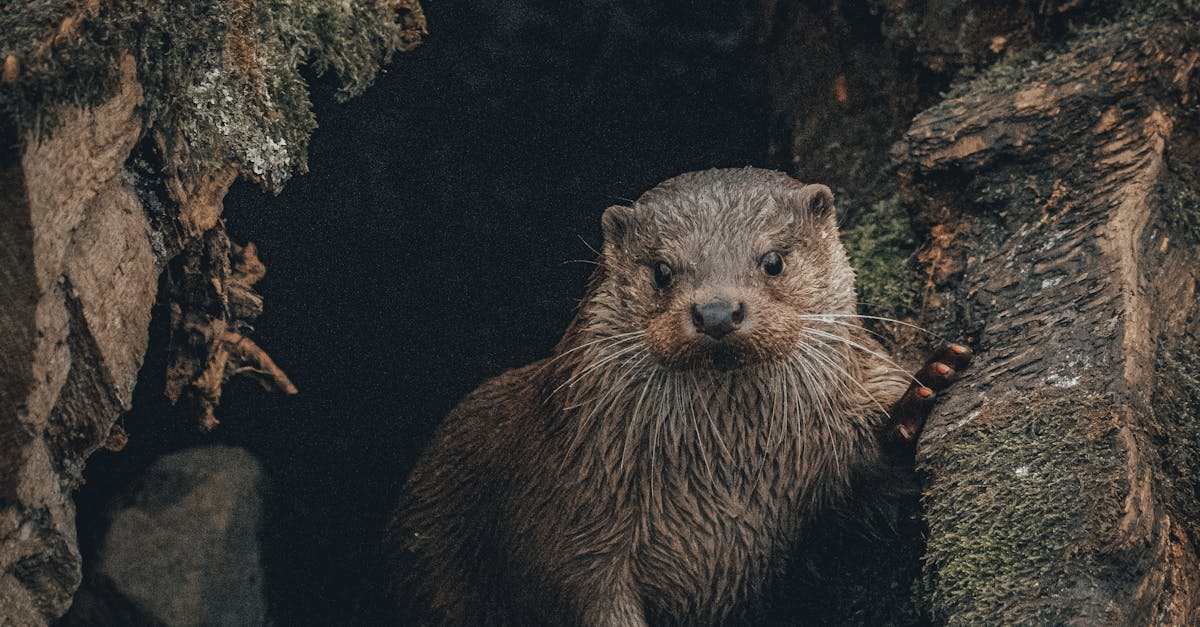While Yellowstone National Park is often celebrated for its stunning natural beauty—think roaming bison and the vibrant hues of the Grand Prismatic Spring—there’s a powerful geological story lurking beneath the surface. Most visitors are unaware that beneath the picturesque landscape lies the world’s largest supervolcano. Understanding this aspect of Yellowstone is not just a geological curiosity; it’s vital for grasping the complexities of our Earth’s inner workings and its potential impacts on our lives. In this post, we will explore Yellowstone’s supervolcano, its formation, its potential for eruption, and the ongoing research that keeps a watchful eye over one of nature’s most powerful forces.
What is a Supervolcano?
A supervolcano is like a giant sleeping giant that has erupted a tremendous amount of material—specifically greater than 1,000 cubic kilometers (240 cubic miles). Unlike the more commonly known volcanoes, which have fiery eruptions that may occur more often, supervolcanoes erupt infrequently, often with devastating consequences. The term is used to describe these geological phenomena, including the Yellowstone Caldera, which is a giant volcanic area known for its unique geothermal features. According to the U.S. Geological Survey (USGS),
“Yellowstone is a massive volcanic system with a hotspot located beneath it that has been active for the last two million years.”
This hotspot fuels geysers, hot springs, and the famed supervolcanic features we see today.
The Formation of the Yellowstone Supervolcano
The formation of Yellowstone’s supervolcano began approximately two million years ago, marked by eruptions that reshaped the landscape significantly. These eruptions were like powerful waves crashing against the shore, each shaping the area further. The most significant eruptions occurred over this period, creating the massive caldera we observe today. Geological studies indicate that the last major eruption took place approximately 640,000 years ago, resulting in a caldera that spans over 30 by 45 miles. This massive eruption was an explosion of unimaginable magnitude that released ash across a vast area, with estimates suggesting it deposited ash as far away as Mexico.
Current Threat Levels
Given its history, many people are understandably concerned about the possibility of a future eruption. However, nearly every geological report indicates that the probability of an imminent eruption is low, much like fearing a storm that may never arrive. The Yellowstone Volcano Observatory monitors seismic activity and other geological changes to provide early warnings. Indicators, such as an increase in earthquakes or significant ground deformation, can signal potential unrest.
“It’s important for the public to understand that we are monitoring this volcano closely,”
states Dr. Mike Poland, the scientist in charge at the Yellowstone Volcano Observatory.
The Importance of Monitoring Yellowstone
Every year, researchers collect data from Yellowstone to anticipate any significant changes. They study seismic activity, gas emissions, and geological deformations to assess the state of the supervolcano. Websites like USGS Yellowstone provide real-time updates and detailed reports on ongoing research and volcanic activity, keeping the public informed and engaged with scientific findings.
Geothermal Features: A Window to the Supervolcano
Yellowstone is also celebrated for its unique geothermal features. The park contains over half of the world’s geothermal features, primarily due to its volcanic nature. Geysers, mud pots, and hot springs attract hundreds of thousands of visitors each year. These features are not only visually stunning but also serve as important indicators of volcanic activity. For instance, the renowned Old Faithful geyser erupts approximately every 90 minutes; however, scientists note that changes in eruption patterns can signify changes in the underlying geothermal systems.
Educational Tours and Resources
Visitors to Yellowstone have the opportunity to learn more about the supervolcano through guided educational tours led by park rangers and geologists. Programs are held throughout the year to educate the public about the geology, ecology, and history of Yellowstone. If you’re planning to visit, check out the National Park Service website for updated information on tours and visitor experiences.
Final Thoughts on Yellowstone’s Supervolcano
Understanding the supervolcano beneath Yellowstone enhances our appreciation for this iconic national park. It allows us to connect geological history and current scientific research to the beautiful landscapes we enjoy today. While its potential for eruption creates an air of intrigue and concern, active monitoring helps ensure safety and boost our understanding of the forces that shape our planet. Whether you visit to experience the beauty or to delve into the science, Yellowstone is a testament to the wonder of our natural world.
In conclusion, Yellowstone’s supervolcano is a fascinating subject that warrants exploration and understanding. Through continued research and awareness, we can appreciate not just the beauty above the surface but the powerful geological phenomena below.
